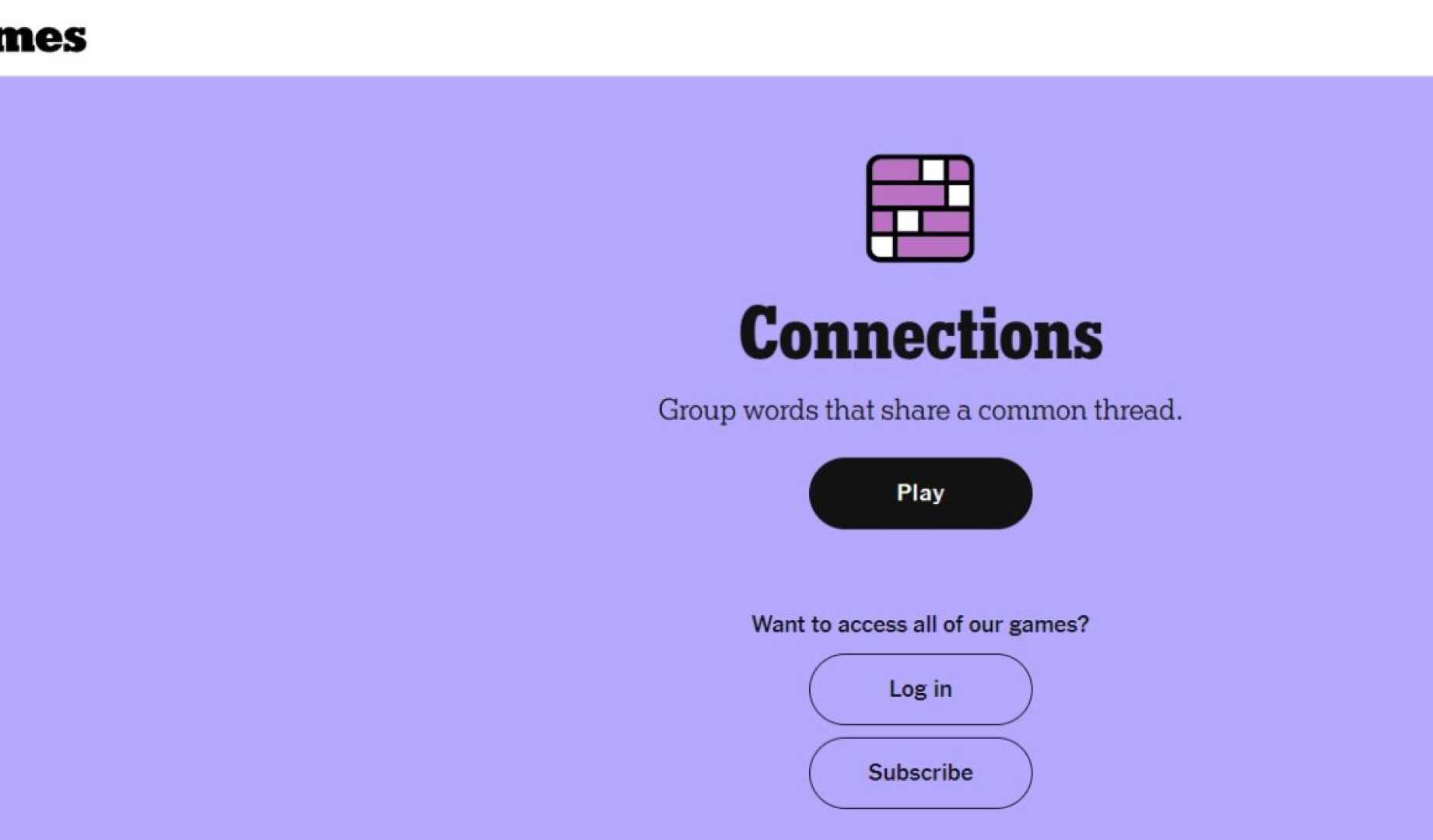Entertainment
NYT Connections Puzzle Tips and Answers for February 10, 2025

NEW YORK, NY — The popular word game Connections by the New York Times presents a new puzzle daily, challenging players to sort a grid of 16 words into four categories. The February 10, 2025, puzzle provides insights into the uniqueness of word associations and critical thinking.
The game involves arranging words based on shared themes. Today’s set comprises the words: Aunt, Aroma, Shower, Bouquet, Vase, Pepper, Nose, Stop, Uncle, Tomato, Truce, Dust, Scatter, Note, Either, and Mercy. Each grouping has varying levels of difficulty color-coded for players’ ease.
In this iteration, players are tasked with connecting tricky themes such as “Words Famously Pronounced Different Ways,” which features Aunt, Either, Tomato, and Vase. This category often requires players to consider regional dialects and pronunciations that differ across English-speaking areas.
The challenge is intensified with clues that suggest stop-gap measures in conversation, relating to the blue difficulty group: “Ahh, Enough!” which includes the words Mercy, Stop, Truce, and Uncle. This emphasizes understanding idiomatic expressions and the contexts that connect seemingly unrelated words.
For those grappling with the hints, noted connections can be drawn between categories. For instance, hints such as “Hints of fruit and herbs” refer to the green category, which focuses on Scents of Wine, comprising Aroma, Bouquet, Nose, and Note.
Players are advised that each puzzle resets at midnight, giving everyone a chance to pull their cognitive skills into play while engaging with friends through social media sharing, similar to popular games like Wordle.
“Connections not only tests vocabulary knowledge but also analytical thinking by requiring participants to identify commonalities without cluing into direct definitions,” remarked game enthusiast Kris Holt. “It changes the way we understand context in word usage.”
Additionally, participants can utilize color-coded strategies: yellow groups are typically more accessible; blue indicates intermediate difficulty, and purple tends to challenge even seasoned players. A reminder goes out to players that they have four attempts to guess correctly before the game concludes.
As more players join in on daily puzzles, the feedback loop grows. Holt encourages players to connect and share strategies, cultivating a community engaging in healthy competition. “Join us to exchange tips and explore the nuances of word connections together,” he added.
Access to the full game is available through the NYT website, ensuring all word enthusiasts can partake in the cerebral challenge daily. For those needing extra assistance, previous puzzles are stored in the NYT archive, offering a trove of word game history for reference.












